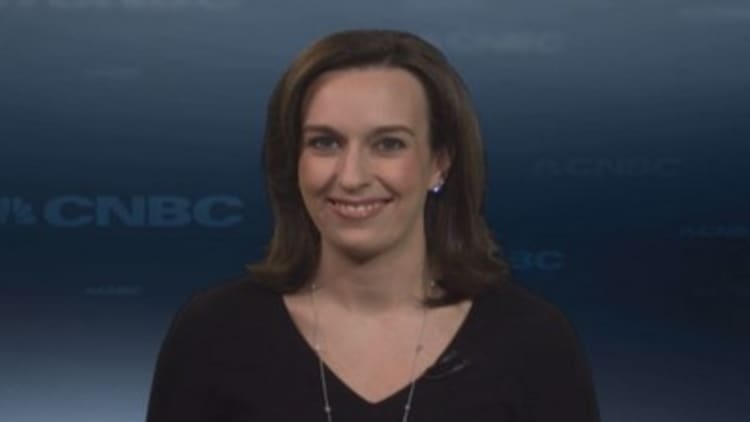
Prepaid debit cards have been catching fire, with usage up 50 percent between 2012 and 2014, and for many consumers they serve as a primary financial tool. So says a new study from the Pew Charitable Trusts released Tuesday.
But prepaid cards come with fewer regulatory protections than traditional credit cards, the Pew study found. And the consumers who depend most heavily on the cards as a transaction tool—those consumers who lack traditional bank accounts—tend to be less sophisticated financial consumers. Even so, they often use the cards as something similar to a checking account, having paychecks deposited directly to the cards and checking their balances frequently.
"Unbanked consumers, typically the most vulnerable, are using these cards like checking accounts. Thus, the cards need to have comparable protections," said Susan Weinstock, director of the Pew Charitable Trust's consumer banking project.
Read MoreMillennials give prepaid debit cards a boost
Consumers with bank accounts are using prepaid cards more often, too. Usage among these people increased from 4 percent in 2012 to 7 percent in 2014, while usage rates among the unbanked remained largely steady.
Money loaded on general purpose reloadable prepaid cards from U.S. issuers increased from $19.5 billion in 2008 to an estimated $98.6 billion in 2014, according to Mercator Advisory Group.
"People are finding different uses for these cards, using it for 'I have this hobby I want to put money aside for,' or a savings goal," said Ben Jackson, director of the prepaid advisory service at Mercator Advisory Group.
Still, unbanked and underbanked consumers, those with limited or no traditional bank accounts, remain far more likely to use prepaid cards. An FDIC study found that 8.9 percent of fully banked consumers used prepaid cards in 2013, compared to 19.7 percent of underbanked consumers and 27.1 percent of those without bank accounts.
Unbanked are biggest users of prepaid cards
The unbanked prepaid card users tended to have less stable financial situations and lower income. Some 84 percent of unbanked prepaid card users had annual incomes $50,000, Pew found, compared to 57 percent of card users with bank accounts. Unbanked prepaid card users were also more likely than banked prepaid card users to be unemployed and rent their homes. (Tweet this)
These card users also were less well-informed about the protections and terms of their cards. While funds on most prepaid cards are protected by FDIC insurance, roughly nine out of 10 unbanked prepaid card users were not sure if they had that protection, compared to seven out of 10 card users with bank accounts.
Read MoreCFPB proposes widespread prepaid card regulations
All prepaid card holders tended to want banking-like features on their cards, like a savings option, Weinstock said. "At this time, consumers are relying on voluntary protections," she said.
That could change in the coming months. The Consumer Financial Protection Bureau expects to issue new proposed rules to protect consumers using prepaid cards by early 2016, and Weinstock, for one, is ready for them.
"Right now, the consumer protections for a prepaid card and a bank account are not comparable," she said.


